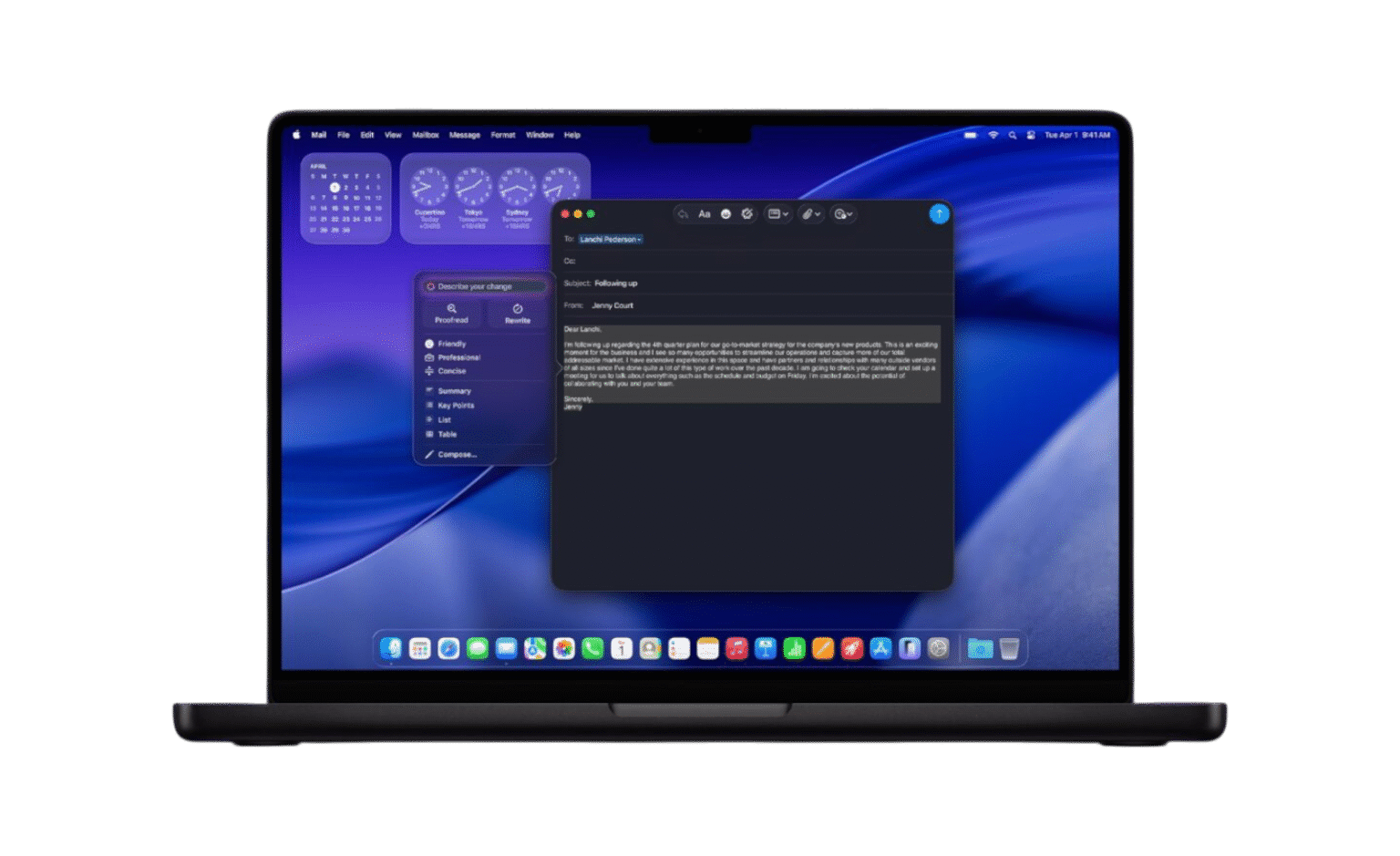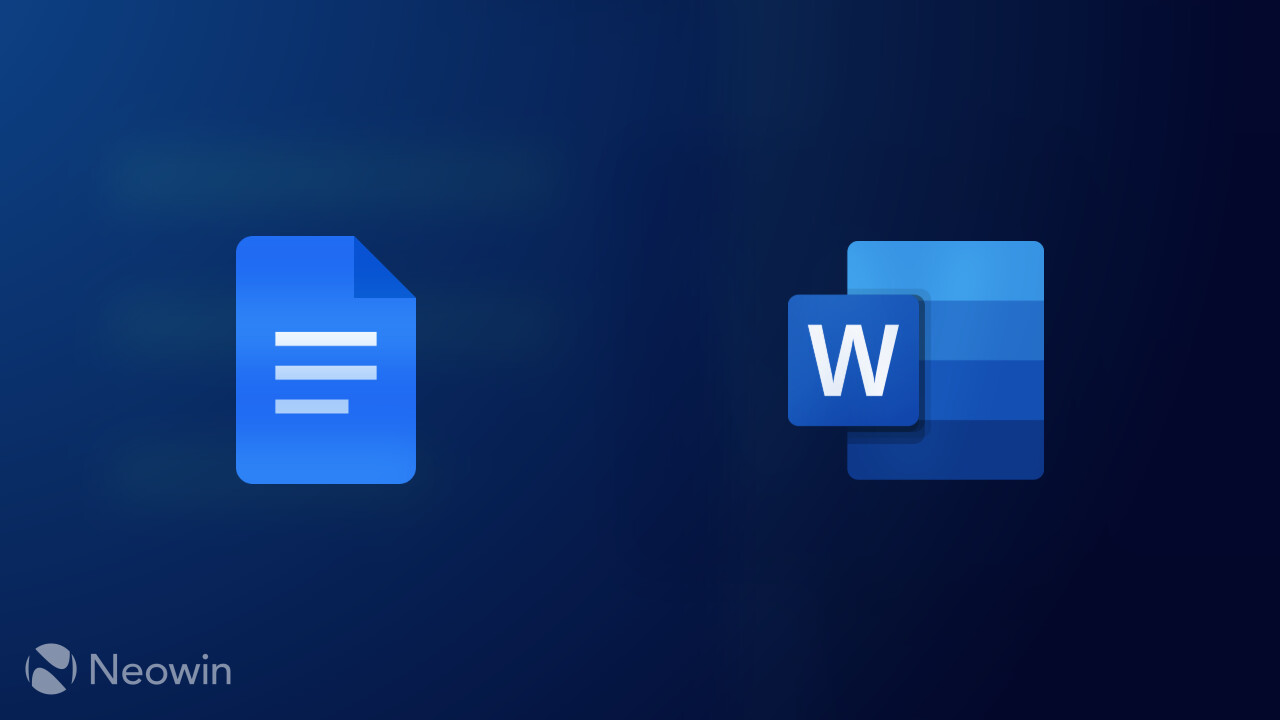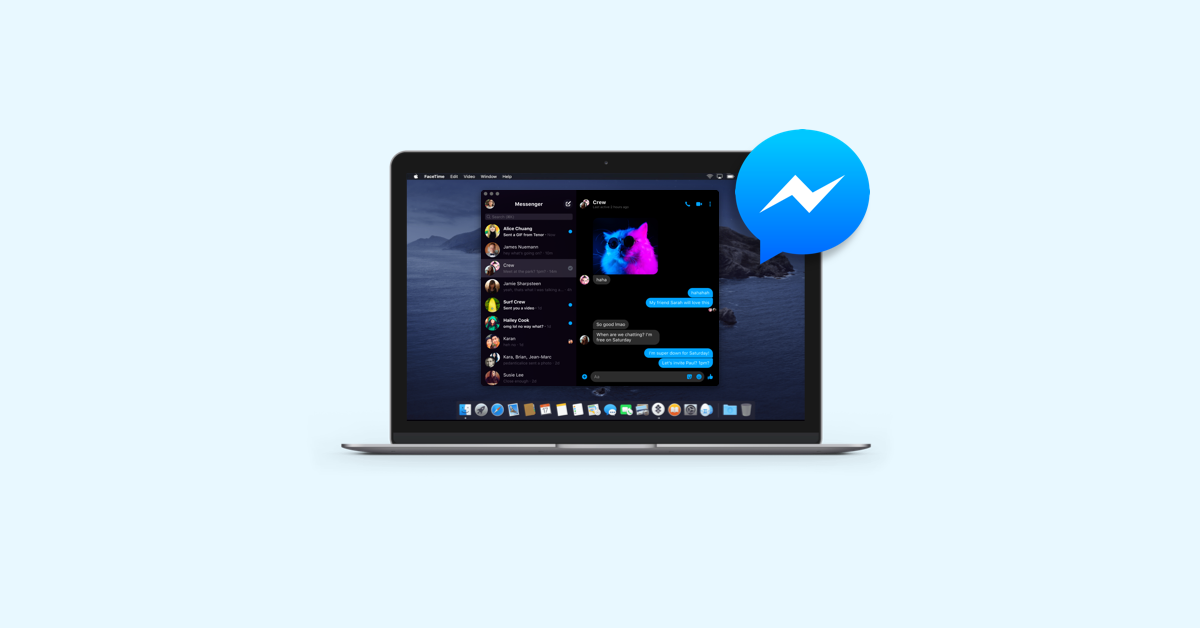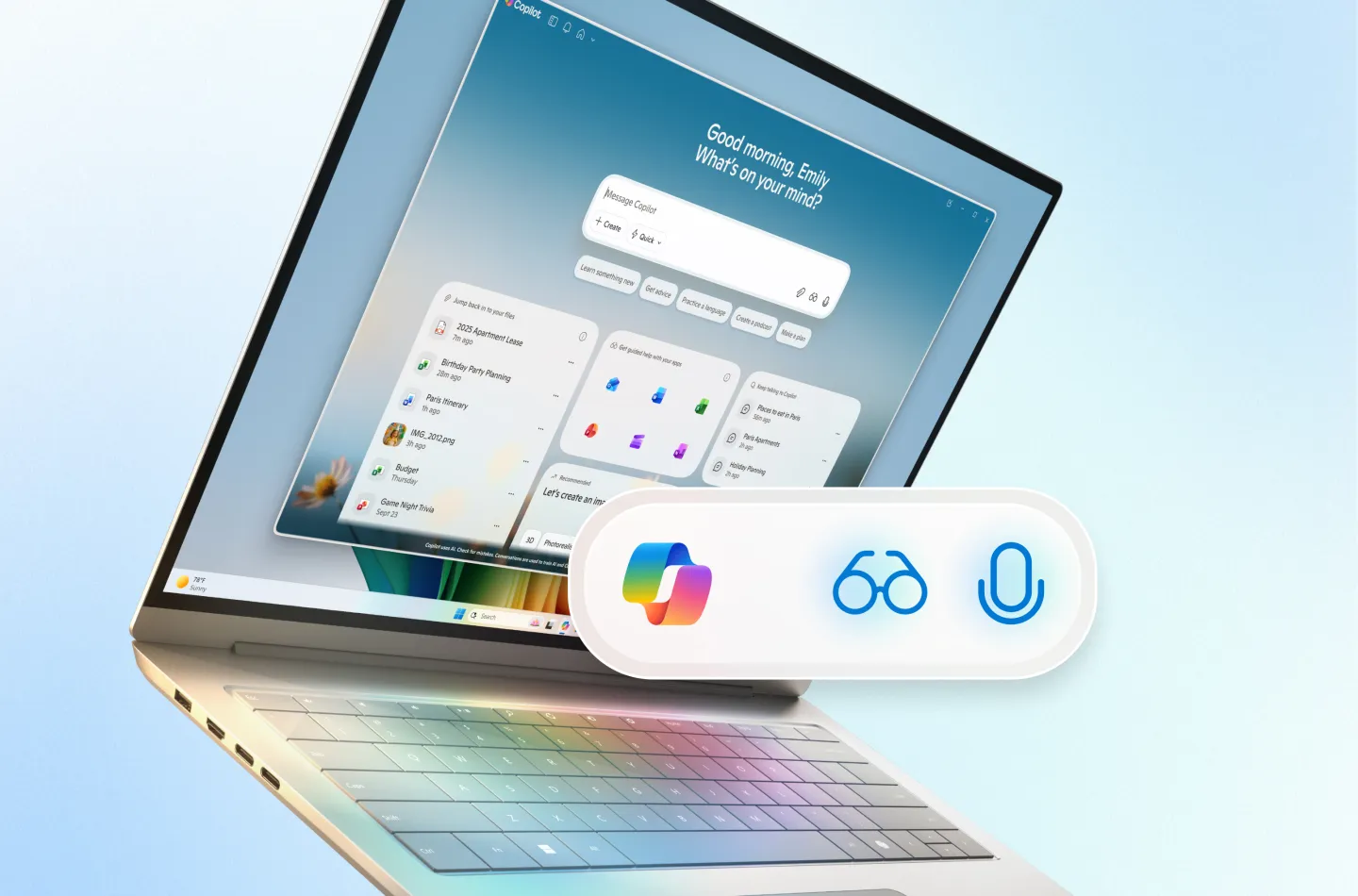Apple’s MacBook Pro M5 marks the latest iteration in the company’s flagship laptop line, arriving only months after the release of the MacBook Pro M4. While Apple’s launch highlights stronger AI performance and better GPU speeds, the M5 doesn’t overhaul the core design or user experience that defined its predecessor. For professionals and creative users deciding whether to upgrade, the question isn’t whether the M5 is faster — it’s whether the real-world difference is worth the cost.
The MacBook Pro M5 officially releases on October 22, 2025, and is already available for pre-order. The 14-inch version starts at AED 6,899, while the larger 16-inch variant begins at AED 10,499. Despite its relatively recent debut in May 2024, the MacBook Pro M4 Pro 1TB configuration is priced from AED 10,179.00
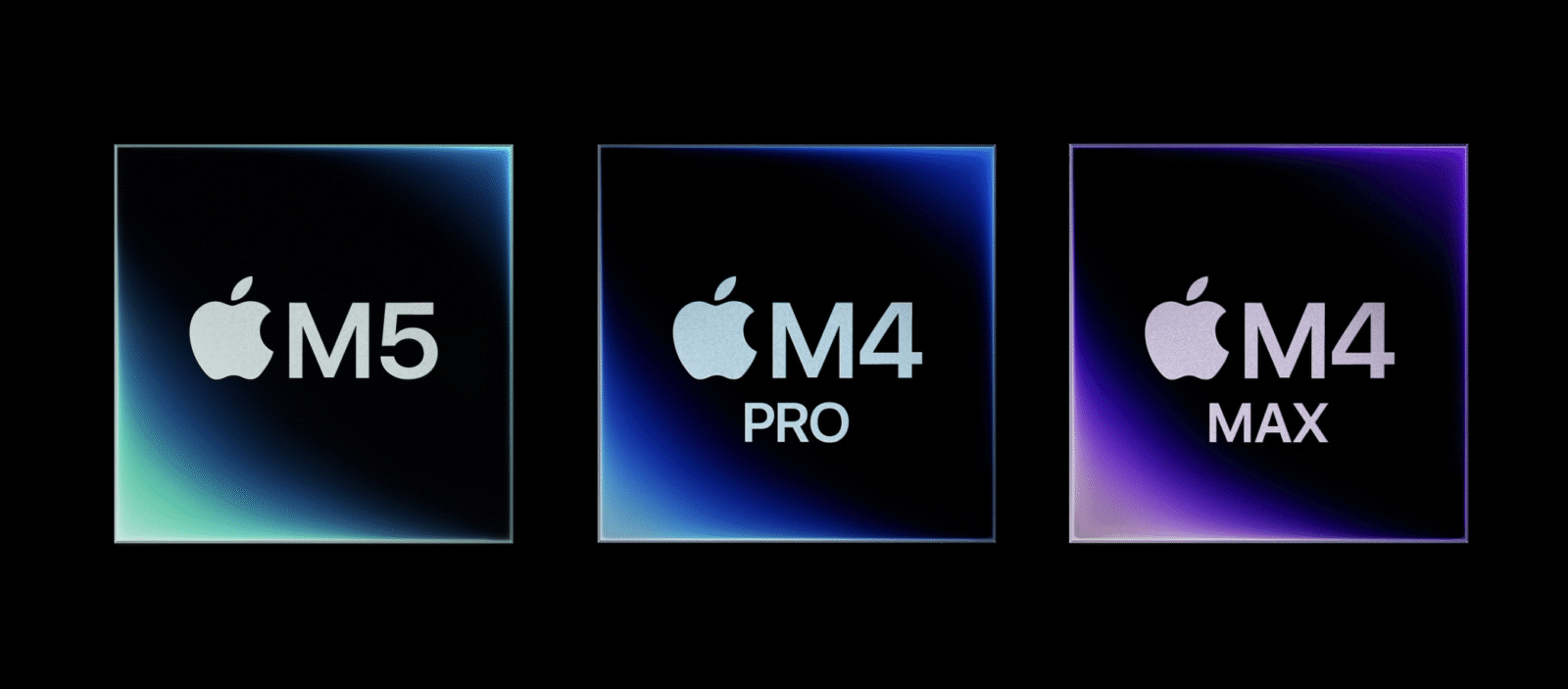
The biggest difference between the two generations lies in the chipset. Both laptops run on Apple Silicon, but the M5 introduces the company’s latest architecture, promising measurable — though not necessarily dramatic — gains. Apple claims the M5 chip delivers up to 3.5 times faster AI processing and up to 1.6 times stronger graphics performance compared to the M4, primarily due to a new 10-core GPU and a 16-core Neural Engine. This enhanced Neural Engine is designed to accelerate tasks involving on-device artificial intelligence, from generative image tools to natural language processing.
For everyday users, though, the M4 remains a capable performer. In tests and reviews, the M4 handled creative workloads such as 4K video editing, photo retouching, and multitasking with ease. Unless you rely heavily on GPU-intensive or AI-assisted workflows, the M5’s added power might not be immediately noticeable.
Both laptops run Apple Intelligence, the company’s expanding on-device AI ecosystem. This includes features like Writing Tools for rephrasing and rewriting text, Image Playground for quick creative generation, and Genmoji for custom emoji creation. Importantly, both the M4 and M5 run these AI features locally, maintaining Apple’s privacy-focused approach by avoiding cloud data processing. That said, Apple notes that the M5’s Neural Engine can handle these operations faster and more efficiently, hinting that Apple Intelligence is becoming a more prominent part of macOS in the years ahead.
Another upgrade is in storage performance. The M5 supports configurations up to 4TB and offers up to twice the SSD speed of the M4. This will be appreciated by developers, video editors, and AI researchers who rely on large file transfers or model loading times. The M4, in comparison, tops out at 2TB — still sufficient for most users, but less future-proof for professionals managing large projects.
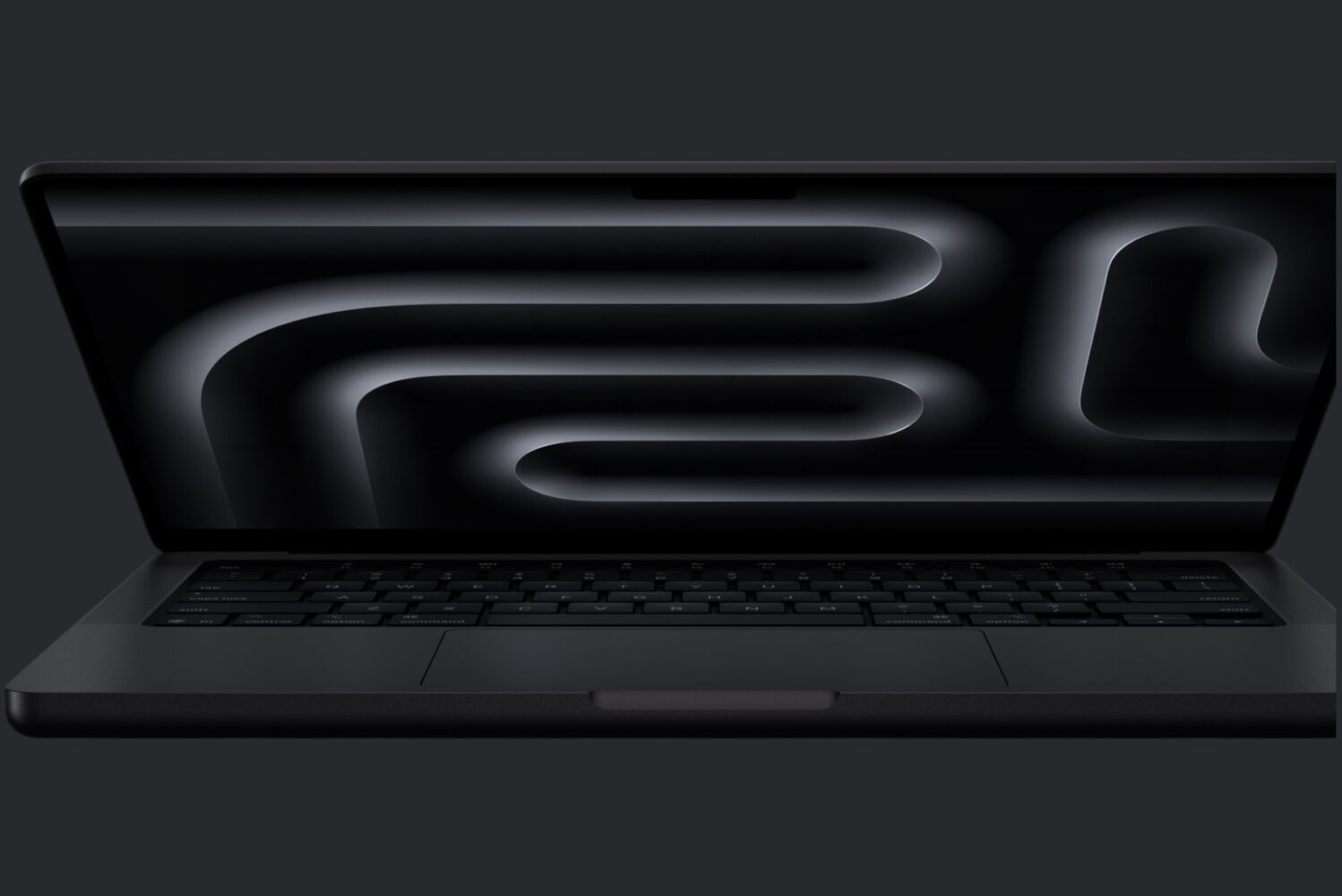
Battery life remains identical on paper. Apple rates both models for up to 24 hours of video playback or extended web browsing. In real-world conditions, the M4 typically achieved about 12 hours of mixed usage — a figure likely to remain consistent on the M5, given the similar power efficiency of Apple’s latest silicon. Fast charging support continues, but with one notable drawback: Apple no longer includes a power adaptor in the M5 box. Buyers must purchase a 70W charger for AED 220 or a 96W charger for AED 290 separately. The M4 included only the lower-wattage charger, so neither generation delivers a perfect experience out of the box.
The display setup also remains unchanged. Both models feature the same 14.2-inch Liquid Retina XDR display, capable of 1000 nits sustained brightness and 1600 nits peak for HDR content. Buyers can still add a nano-texture glass option for an additional AED 550 / USD 150, which reduces glare and enhances the matte finish for better visibility under bright lighting. It’s an optional upgrade, but one that users who spend long hours in front of the screen may find worthwhile.
From a design standpoint, the M5 continues Apple’s minimalist approach — slim, sturdy, and nearly identical to the M4 in build and port layout. The company has kept the same aluminum chassis, color options, and display dimensions, suggesting that the focus this cycle was purely on internal performance rather than aesthetics.
Ultimately, the MacBook Pro M5 feels like a refinement rather than a reinvention. It brings incremental gains in speed, AI processing, and storage capabilities, but for many users, the M4 remains a strong and reliable machine that won’t feel outdated anytime soon. If you already own an M4, upgrading to the M5 makes sense only if your work depends on AI workloads or you need the expanded SSD options. However, for those still using Intel-based MacBooks or older M-series models, the M5 is the more future-proof investment, with enough power to stay relevant for several years.

